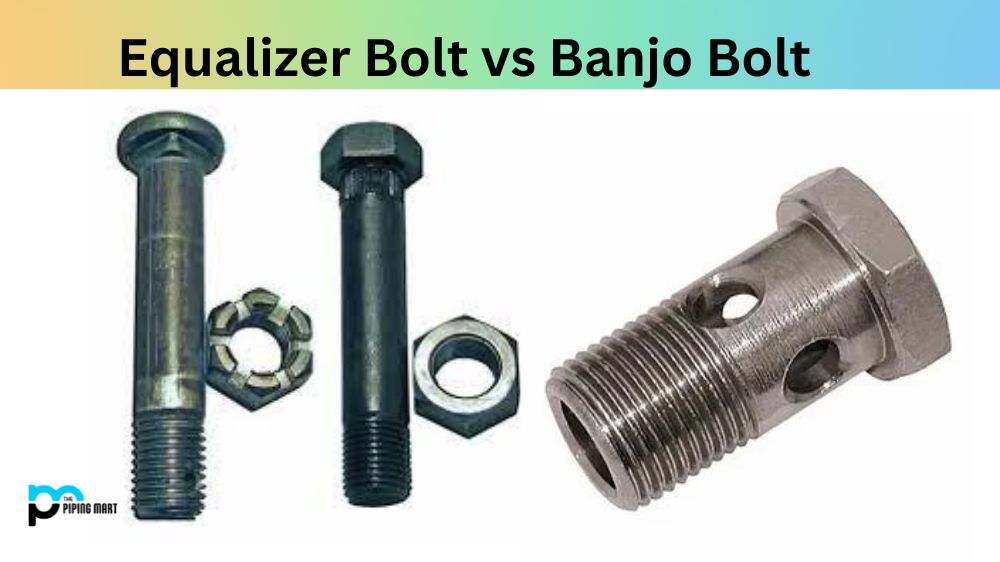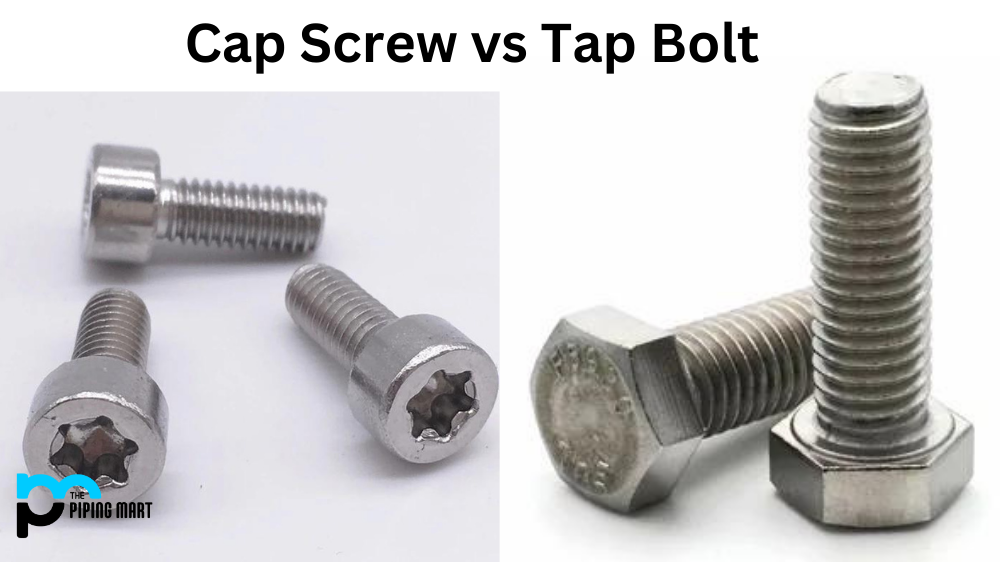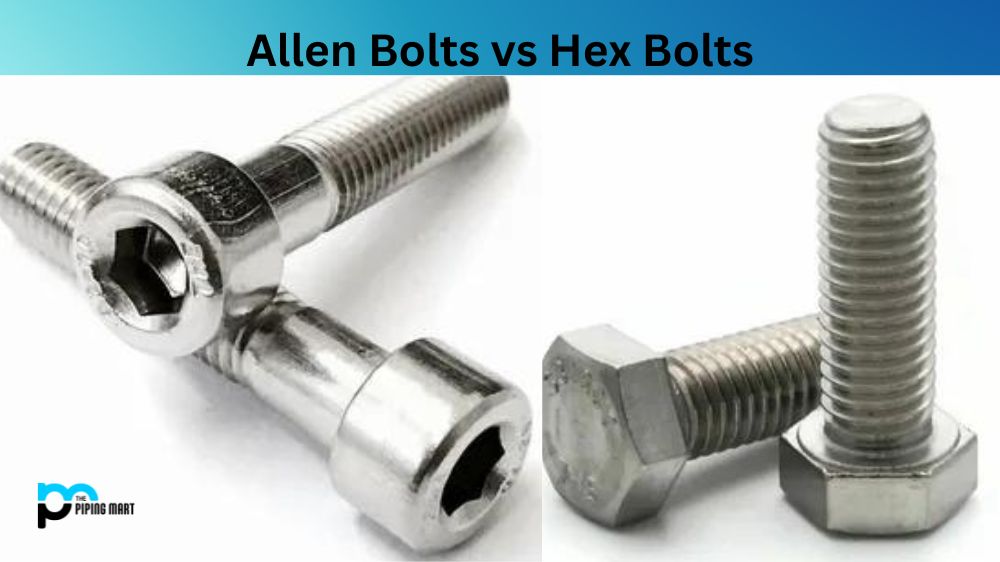If you’re a mechanic or a car enthusiast, you’ve probably heard of Equalizer Bolt and Banjo Bolt. These two bolts are essential parts used in automobiles, but many confuse them with each other. It’s important to know their differences to ensure the safety and efficiency of your vehicle. This article will explain the differences between Equalizer Bolt and Banjo Bolt.
What is Equalizer Bolt?
Equalizer Bolt is an innovative fastening technology that uses a patented, self-tapping screw to create a permanent and water-tight connection between two pieces of steel. Utilizing a unique thread design, the screws grip the metal material providing superior strength compared to traditional nails or screws. The process does not require any pre-drilling or specialized tools, which makes it faster and easier than other methods of attaching steel panels. Additionally, Equalizer Bolt requires less labor and time – measuring in seconds compared to minutes with conventional fasteners – resulting in significant cost savings for construction projects.
What is Banjo Bolt?
A banjo bolt is a connector used to connect two hoses or tubes in various fluid-carrying applications, such as automotive brake systems. Featuring an externally threaded bolt with an integral head and integrated sealing washer, the banjo bolt can easily attach flexible hose connections between components without risking leakage. It forms a secure seal when tightened properly, making it an efficient and reliable connection for almost any application requiring airtight seals.
Difference Between Equalizer Bolt and Banjo Bolt
Purpose:
The primary purpose of the Equalizer Bolt is to maintain the pressure across a braking system. It equalizes the brake fluid pressure between the brake calipers of a car’s two front wheels. The Banjo Bolt connects a brake hose to a brake caliper or wheel cylinder. It creates a seal and maintains the high pressure to stop the vehicle.
Design:
Equalizer Bolt has a cylindrical shape with a hole in the center of the bolt. It has a similar look to a regular bolt, but it differs in that it has threads on both sides. Banjo Bolt, on the other hand, is T-shaped with a small cylindrical shaft at the end of the head.
Location:
One of the most significant differences between these two bolts is their placement in a car. Equalizer Bolt is found near a car’s two front wheels on the brake line. It is positioned before the brake hose connects to the brake caliper. Whereas Banjo Bolt is found between the hose and the brake caliper.
Benefits:
Equalizer Bolt keeps the pressure even across both brake calipers so that the brake pads are applied evenly to both wheels. It helps to prevent dragging and uneven wear on the brake pads. On the other hand, Banjo Bolt is known for providing a secure sealing essential in maintaining a vehicle’s brake hydraulics. Its design ensures no leakage, which helps maintain a safe and efficient braking system.
Compatibility:
Equalizer Bolt and Banjo Bolt come in different diameters, thread sizes, and lengths. Therefore, it’s important to know the specific requirements of your vehicle before selecting one of these bolts. Installing an incompatible bolt can lead to brake failure and safety hazards.
Conclusion:
In conclusion, the Equalizer Bolt and Banjo Bolt are two parts used for two purposes, located in different positions, and designed with unique features. Though they may seem similar, knowing their differences is crucial to ensure you select the right bolt and secure a safe driving experience for you and other road users. Now that you know the differences between Equalizer Bolt and Banjo Bolt, you can make an informed decision regarding replacing or upgrading your vehicle’s brake system.
Meet Heer, a dynamic and driven writer learning tricks of her trade in the metal industry. With a background in Digital Marketing, Heer brings a unique perspective to her writing, sharing valuable insights. Apart from blogging she like reading and hiking.




